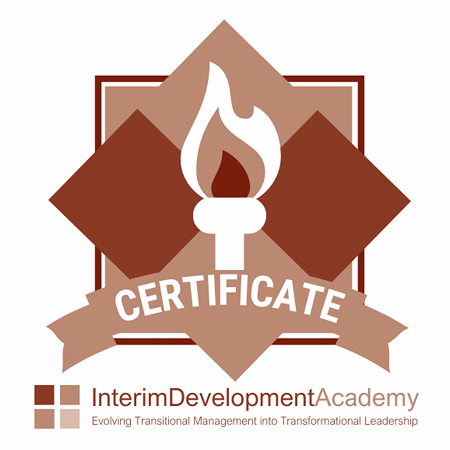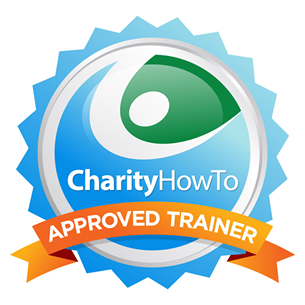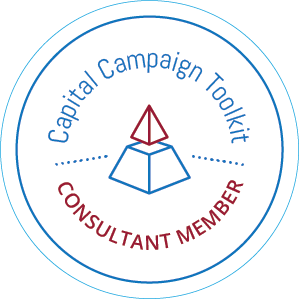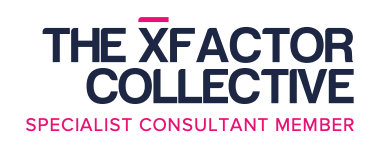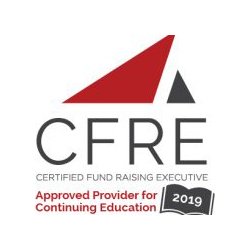So, maybe you have been operating without a plan up until now. And, that is ok, but it is not strategic, and to meet your goals, you need to have a plan that you follow, monitor, and correct if needed.
Here are some simple instructions on how you can quickly create a development plan if you have been operating without one.
- Develop a gift table. A gift table outlines the number of gifts needed for you to reach your fundraising goals. And, yes, even small fundraising goals should have a gift table created. So, for instance, if you have a goa
 l of $50,000, you would need a top gift of $12,500. I have another article on how to use a gift chart to guide your fundraising effort.
l of $50,000, you would need a top gift of $12,500. I have another article on how to use a gift chart to guide your fundraising effort. - Once you have your gift chart created, it will guide your strategies. Take that gift table and think about how you are going to raise your top gifts.
- Then break out all the possible fundraising strategies into key categories. Those key categories may be major donors, individual donors, Board giving, special events, corporation and businesses, private grants, government grants, and earned revenue.
- Plan on how many you are going to solicit from each category and how i.e. individual donors you may send out a lapsed donor appeal, an annual renewal appeal, and perhaps a prospective donors appeal using direct mail appeal and maybe phone follow-up. Your complete mail out will be close to 1,000. You can even go a step further and calculate the average gift amount if you are able.
- From the numbers that you will be soliciting and the calculated average gift amount determine what your estimated income will be. Know or have any expenses, calculate those and subtract them from your expected income, and you have a net income number.
- Then the last key element of this plan is to determine when you will complete each strategy by and who is responsible for the strategy i.e. development staff, executive direct, Board of Directors, etc.
- Then implement your plan. But, most importantly use this plan as a monthly monitoring tool. Share it at your Management Staff meetings and with your Development Committee or the Board of Directors. If it appears as if you are “off” on projections, make mid-course corrections and adjust your budget.
- But, don’t let this sit on a shelf. Get it in action.
You may want to consider putting all of the key plan information in a spreadsheet to have it all in one place. Or you can use a Word document table. Whatever format you use, start with the gift table, develop the plan, keep this plan in a prominent place, share it and monitor it, and make mid-course corrections.
You can’t operate successfully without a plan in place to drive and focus your effort
Then you will be on your way to reaching your yearly fundraising goals.


 r nonprofit organization and then share with you some next steps on how to prioritize that list.
r nonprofit organization and then share with you some next steps on how to prioritize that list.
 Throughout my professional career, I have been victim to bad databases, and I have been asked to work with bad databases.
Throughout my professional career, I have been victim to bad databases, and I have been asked to work with bad databases. throughout the New England region. Some of these nonprofits have included Malta House of Norwalk, CT, Friends of Buttonwood Park of New Bedford, MA, and United Methodist Elder Care of East Providence, RI.
throughout the New England region. Some of these nonprofits have included Malta House of Norwalk, CT, Friends of Buttonwood Park of New Bedford, MA, and United Methodist Elder Care of East Providence, RI.
 ning.
ning.
 hen there were resident consultants who upped and moved to different parts of the country to live and work at a nonprofit and become immersed in their community.
hen there were resident consultants who upped and moved to different parts of the country to live and work at a nonprofit and become immersed in their community. whatever you call it in your office as a good reminder.
whatever you call it in your office as a good reminder. understand its nuances. Then and only then will a campaign be successful.
understand its nuances. Then and only then will a campaign be successful.
